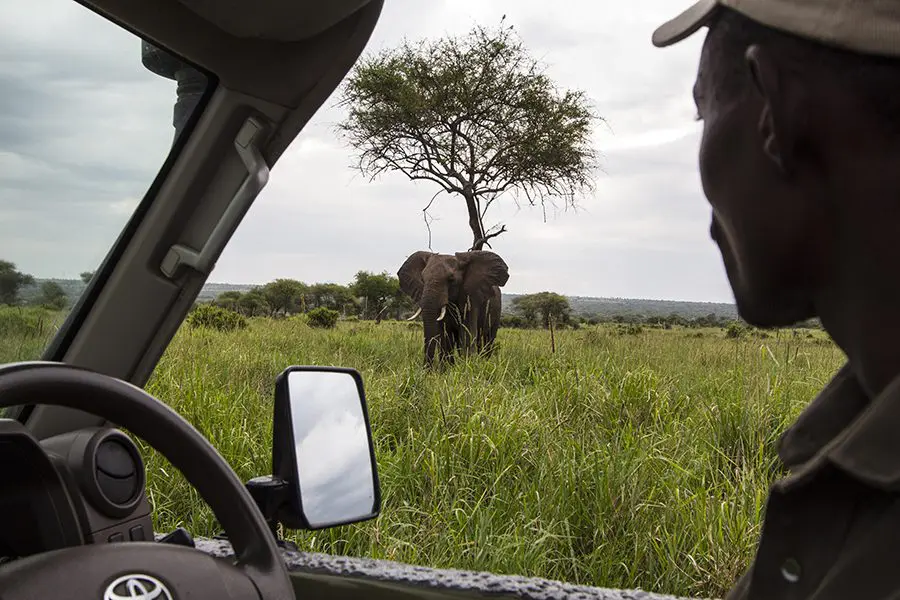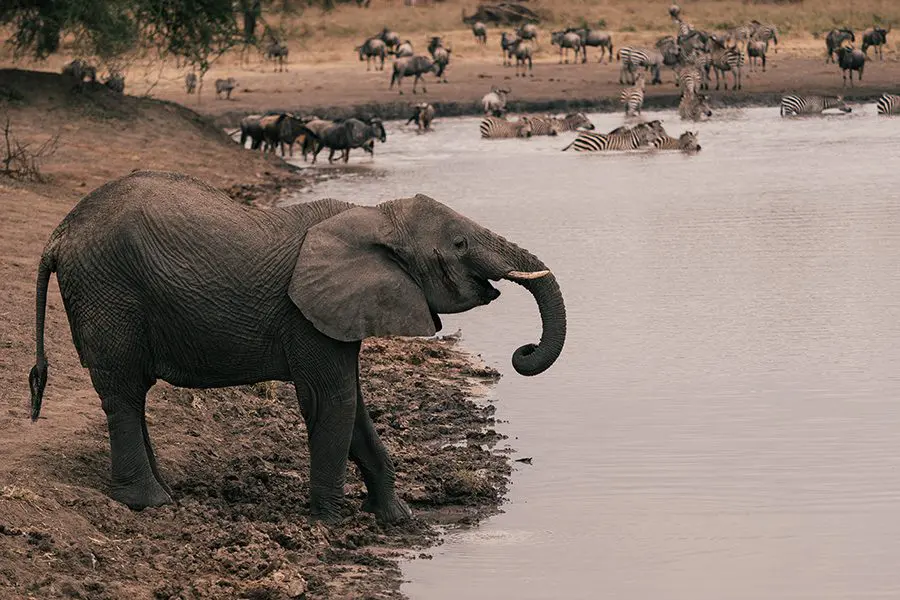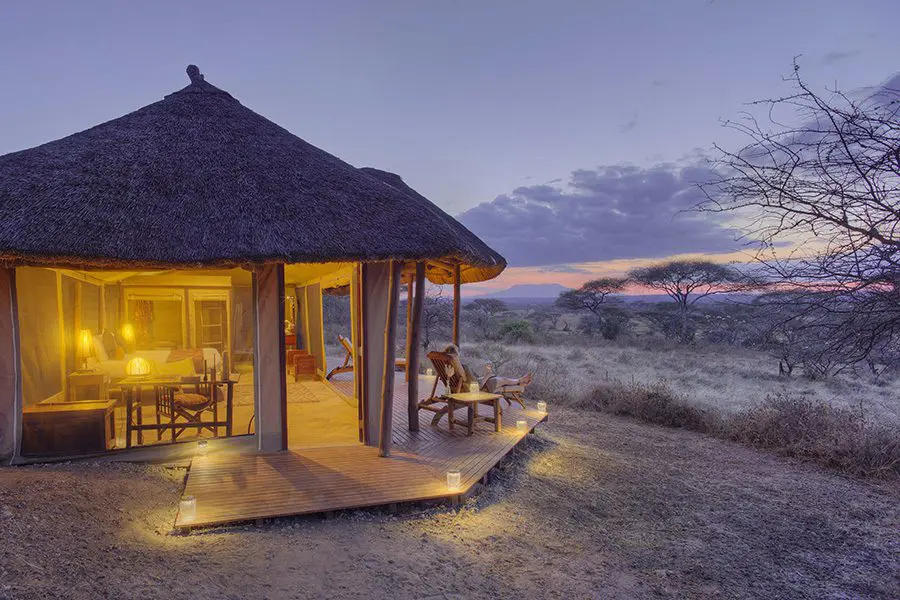Language
- Deutsch
- English
- Español
- Français
- Italiano
- Nederlands
- Português
Currency
- AUD Australian Dollar
- CAD Canadian Dollar
- EUR Euro
- GBP Pound Sterling
- SGD Singapore Dollar
- USD US Dollar
- ZAR Rand

when to go
We’d recommend that June to October is the best time to visit Tarangire National Park. The region experiences its dry season during this month, which creates the ideal conditions for optimal game viewing. But this is not to say that any other months outside this period are a no-go – far from it!
This national park is a great destination to enjoy year-round. When to visit Tarangire National Park depends on what activities and experiences you'd like to enjoy during your travels. Use our month-by-month guide below to see which time of the year is best for you to travel to this hidden gem in Tanzania.
Help Me Plan
January to March sits in the middle of Tarangire's green season. The vegetation is at its greenest and fullest, providing incredible natural backdrops for your safari adventures. It is also the best time to enjoy birding in the region, with over 500 species of sedentary and migratory birds found around the park. Some commonly spotted birds include crested francolins, hoopoes, hornbills, steppe eagles, brown parrots, bateleur eagles and gigantic lappet-faced vultures.

April and May usher in the peak of Tarangire's wet season, where the park sees heavy downfall and the risk of malaria is at its highest. It's not all doom and gloom though. This period coincides with the region's low tourist season, which means you can take advantage of the cheaper accommodation rates and fewer crowds. Birdwatching is excellent at this time, and game viewing is good, although you won't see as many animals as you would in the dry season. This is largely due to the dense vegetation making it difficult to spot game, as well as dry season game, such as oryx and gerenuk, migrating out of the park.

For optimal game viewing conditions, June to October is when to visit Tarangire National Park. Falling in the region's dry season, the vegetation thins out, making it much easier to spot wildlife, and the rapidly depleting water supply leaves only a handful of water sources for animals to gather around – namely, the Tarangire River and the swamps of the river valley.
When travelling to Tarangire in the dry season, you could see the region's most famous attraction, the tree-climbing lions, as well as leopards, wildebeest, giraffes, zebras, spotted hyenas, and elephants. And the cherry on top is that mosquito and fly populations are at their lowest from June to October – meaning, the risk of malaria is also at its lowest and there'll be no annoying pests buzzing around your head!

November and December are the start of Tarangire National Park's green season. The landscape receives its first drops of rain in months, bringing the terrain to life. The vegetation transforms from dull, lifeless browns to vibrant, lush greenery. Flowers start to bloom, and acacia and baobab trees are revived. Animals bring new life into the world, and migrant birds return. In a nutshell, Tarangire National Park is reborn during this period, and it is a magical sight to behold in person.
Chat with someone who has first-hand experience with all that Tarangire has to offer. Get in touch with one of our Africa Safari Experts to help tailor-make a trip that's right for you.
Help Me Plan